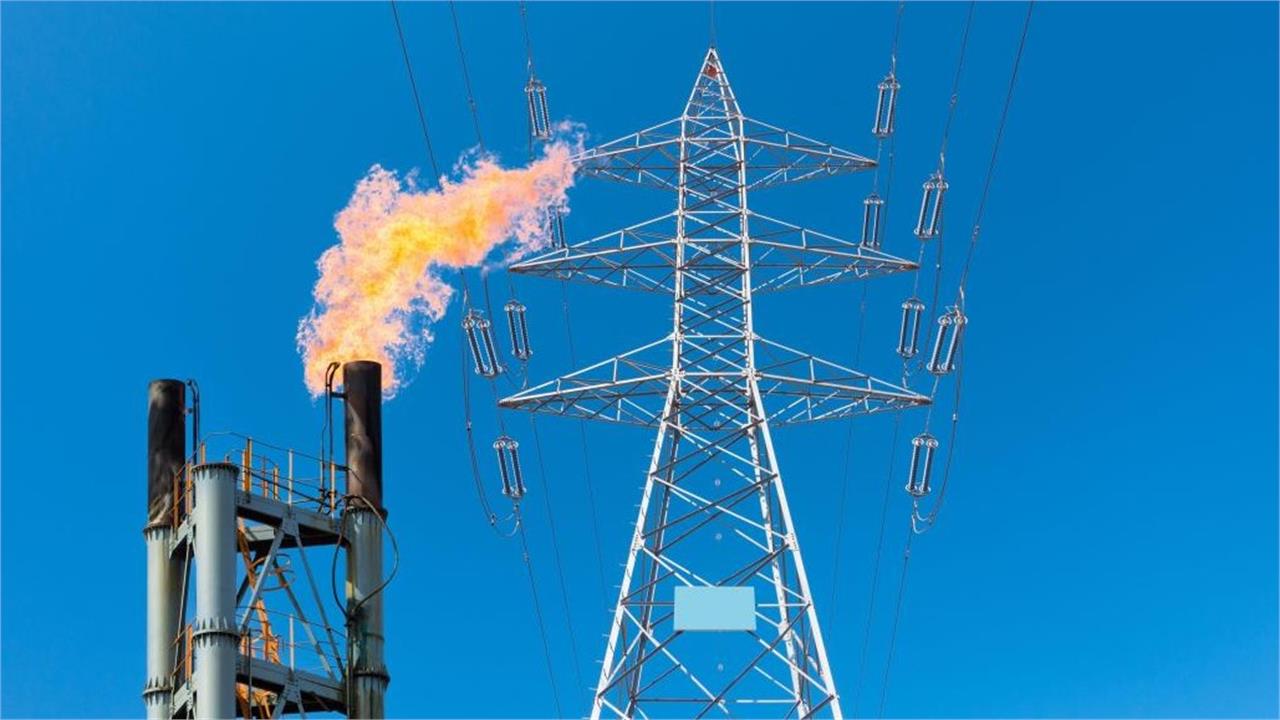IENE has just completed its latest Research Note No. 4, titled “Fresh Challenges for Energy Security in SE Europe”. This timely report, which is available here, explores the evolving landscape of energy security across SE Europe in the aftermath of the 2022-2023 energy crisis and in light of ongoing geopolitical tensions, including the war in Ukraine and renewed instability in the Eastern Mediterranean and the Middle East.
The Research Note highlights how the energy crisis triggered by Russia’s gas export cuts to Europe has reshaped the continent’s energy priorities. While significant progress has been made in diversifying supply through LNG imports and regional interconnectors, which facilitate access to Caspian gas, SE Europe remains particularly vulnerable due to its dependence on fossil fuels, underdeveloped energy infrastructure, and complex geopolitical environment. The Research Note outlines the need for further infrastructure investments and much closer regional cooperation to ensure affordable, reliable, and sustainable energy.
A key issue underlined by the Research Note is the importance of expanding domestic gas production in countries, such as Romania, Croatia, Greece, Turkiye, and potentially Bulgaria. These developments—particularly in the Black Sea—are critical for enhancing local energy independence and supporting broader EU supply diversification efforts. The report also examines the strategic significance of the Vertical Gas Corridor, the Southern Gas Corridor, and new LNG terminals and FSRUs, such as Alexandroupolis FSRU in Greece.
In addition, the Research Note explores the opportunities and risks associated with East Mediterranean gas resources. While the region holds significant reserves, following latest findings in Cyprus, Israel and Egypt, ongoing conflicts and infrastructure constraints challenge their timely and efficient development. The authors call for urgent regional cooperation, regulatory alignment, and long-term investment strategies to integrate these resources into Europe’s energy mix.
Moreover, the report underlines that the sharp increase in electricity prices during the recent energy crisis exposed structural weaknesses in regional power systems, such as limited interconnections, overreliance on fossil fuels, and inconsistent market integration. As European wholesale electricity prices have begun to stabilize, SEE countries still face high retail costs and volatile supply-demand dynamics. The report stresses the need for accelerating market reforms, cross-border trading, and the expansion of renewable energy capacity to ensure long-term price stability and security of supply.
To address growing concerns over grid reliability and energy transition goals, the report emphasizes the critical role of energy storage and nuclear power. It identifies energy storage—particularly battery systems and pumped hydro—as essential to managing intermittent renewable generation and balancing power loads across the region. At the same time, the report acknowledges that nuclear energy remains a viable low-carbon option, especially for countries like Bulgaria and Romania, which already have operating reactors and plans for expansion. IENE advocates for a more balanced energy mix in SEE that includes robust storage infrastructure and a realistic appraisal of nuclear energy’s role in decarbonization, energy independence, and grid stability.
To sum up, the Research Note serves as a wake-up call for policymakers, investors, and regional stakeholders. It stresses that while SE Europe is well positioned to become a vital energy hub for the continent, this potential can only be realized through strategic planning, enhanced governance, and decisive implementation of not only EU, but most importantly of national energy policies. In addition, such policies should be oriented towards greater energy independence and the achievement of competitive energy prices.




